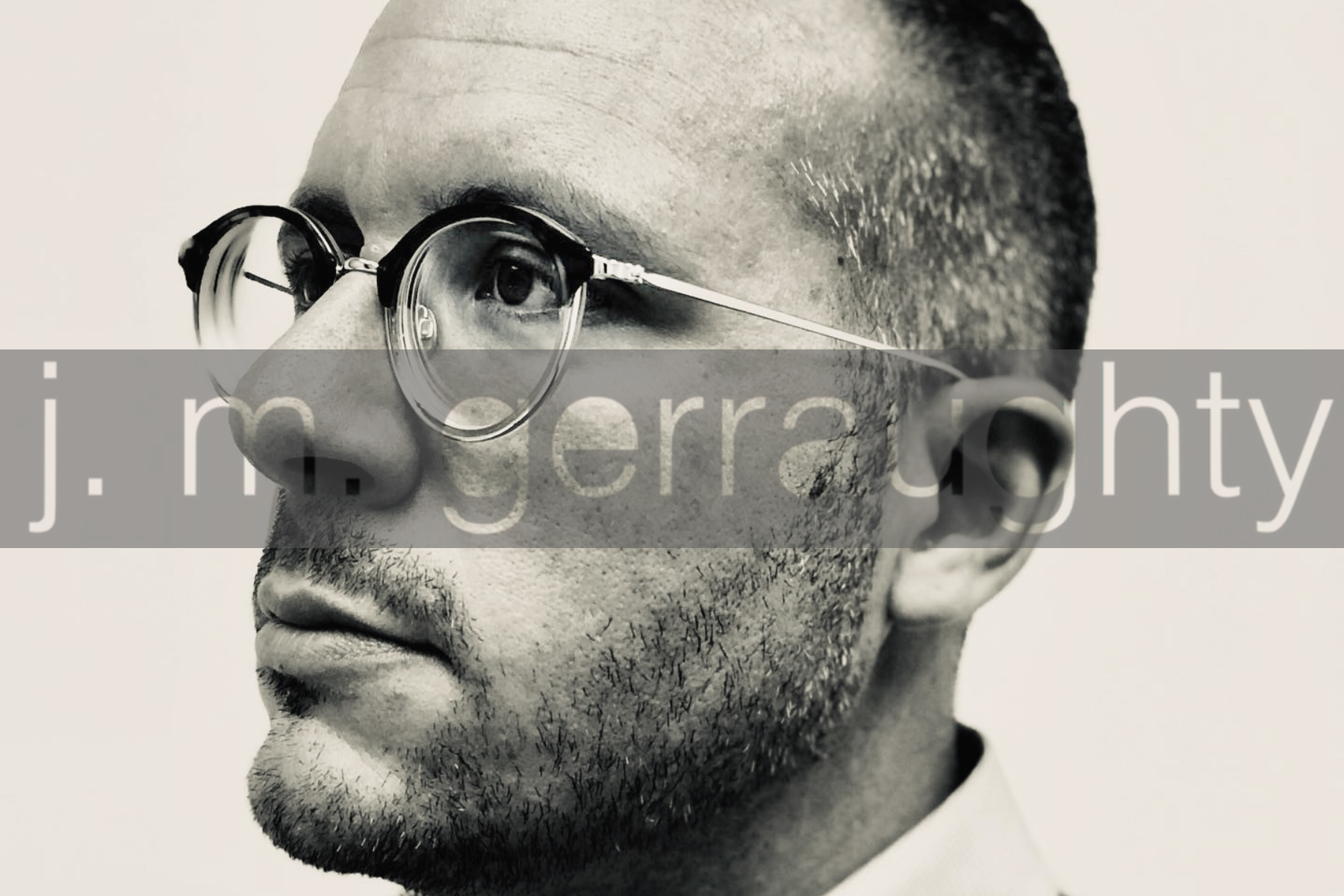Violin, Horn, and Piano
The score and recording are of the first of three movements. If interested, scores of the second and third movements can be delivered by contacting me.
Program Notes:
Trio, for violin, horn, and piano, was written for University of Oregon horn professor Lydia Van Dreel, for a recital of new music for horn given in April 2011.
*****
This piece deals with struggle. While parts of it reflect my own personal struggles during the time I lived in Oregon, this piece symbolizes our collective conflicts with the world around us, as well as the illusions that our unconscious minds project into that world. That this piece (or any piece written for this instrumentation) is an homage to Ligeti and Brahms is self-evident: both composers heavily influenced the composition of this piece, especially the influence of Brahms. As such, the piece also deals with our conflicts with the reach of history and the weight of tradition and myth.
The first movement, composed last, alternates between manic delusions of grandeur and insecure withdrawl from these moments. At times hopeful, warm, and inviting, the music can’t help but progress further until it strangles the emotions that it is trying so desperately to hold onto. Left with nothing but grotesque caricatures of the feelings it is trying to portray, the music stomps and screams in frustration.
The second movement is a lament, based off of a set of descending chords outlined at the beginning by the piano. Heavyandsentimental,theweightofBrahms’influencecomestobear in this movement more than anywhere else in the piece. There is an overt impotence to this movement that comes with its sentimentality; as soon as the movement gains any sort of narrative momentum, it’s broken up by pauses until the fragments stop suddenly. The middle section features the horn imitating the hand-horn technique originally required to play the hunting horn that the Brahms Trio calls for.
The last movement is equal parts violent and victorious; there is never a clear distinction between what parts are meant to be joyous and triumphant, and which parts are vulgar and angry. Sentimental fragments of earlier melodies are now made into slashing weapons. After calming down for a moment, the movement roars to a manic close, first accelerating to an intensely fast pace before broadening and slowing to a grandiose company front, a juggernaut that tramples its foes with unstoppable momentum.
